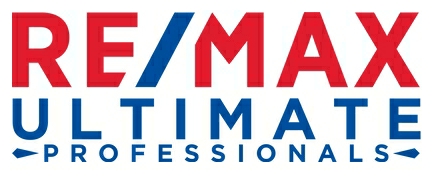
As the current forbearance mortgage relief options are about to end, many people are curious about an impending foreclosure crisis. This is understandable, especially as we reflect back on the housing crisis of 2008. The good news is, plans have been put in place with forbearance programs.This was done to make sure that we don’t end up in a similar situation to 2008.
This year, homeowners can request 180 days of mortgage relief through forbearance. After the 180 days ends, they’re also able to request another 180 days. This means you have 360 days of available payment deferrance. As forbearance expires, it is crucial that homeowners keep in touch with their lenders. A plan needs to be put into place for the repayment of deferred payments. There are several options for homeowners to consider at this point. With careful planning and communication with your lender, foreclosure doesn’t need to be an option.
Many homeowners are worried that they will have to pay the deferred payments back in one large payment. If you are currently deferring your mortgage payments, you may be wondering how you will pay those back. Fortunately, that’s not true. Fannie Mae explains:
“You don’t have to repay the forbearance amount all at once upon completion of your forbearance plan…Here’s the important thing to remember: If you receive a forbearance plan, you will have options when it comes to repaying the missed amount. You don’t have to pay the forbearance amount at once unless you are able to do so.”
The Good News
Fewer people than expected are still in forbearance programs, meaning that the number of homeowners that will be needing to work out repayment options is declining. Thankfully there are fewer and fewer homeowners on the brink of foreclosure and many who applied for forbearance didn’t end up even needing to take advantage of it. Mike Fratantoni, Senior Vice President and Chief Economist at the Mortgage Bankers Association (MBA), explains:
“Nearly two-thirds of borrowers who exited forbearance remained current on their payments, repaid their forborne payments, or moved into a payment deferral plan. All of these borrowers have been able to resume – or continue – their pre-pandemic monthly payments.”
Are you already in a forbearance program?
If you are still in a forbearance program and can’t make your payments, foreclosure is definitely not your only option. In their Homeowner Equity Insights Report, CoreLogic indicates:
“In the second quarter of 2020, the average homeowner gained approximately $9,800 in equity during the past year.”
Many homeowners have enough equity in their homes to take advantage of and sell instead of foreclosing. As Ivy Zelman, Founder of Zelman & Associates, mentioned in a recent podcast:
“The likelihood of us having a foreclosure crisis again is about zero percent.”
You can avoid foreclosure
If you are already in a forbearance program or you are worried about making your mortgage payments and are considering entering into a program, it’s imperative that you reach out to your lender for more information. Keeping in contact with your lender and carefully considering all of your options can help you get through a tough financial situation and avoid foreclosure.


